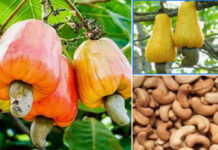Kenyan farmers have consistently earned less even as consumers pay more for food products, a new report has revealed.
The report by the Food and Agriculture Organisation (Fao) dubbed the World Bank and Agriculture Statistical Year Book 2023, compares annual changes in prices received by farmers against inflation in food consumer prices.
The data shows a persistent disparity between the increase in consumer food prices and the prices received by farmers through to the end of 2022.
For example, inflation in food consumer prices stood at 12.9 percent against a lesser increase in prices received by farmers at 7.1 percent.
In 2021, inflation in food consumer prices was recorded at 8.9 percent against a 3.8 percent increase in the prices received by farmers over the same period.
The disparity in earnings to consumer prices was at its widest in 2020 when the annual change in prices received by farmers contracted by 44.1 percent against a 6.4 percent jump in food consumer prices inflation.
Prices fetched by Kenyan farmers are usually influenced partly by an inefficient market structure that features a multitude of intermediaries, driving down value for farmers.
Middlemen dictate what a farmer gets with the actors including corrupt police and county officers manning roadblocks, contributing to the divergent wholesale and retail prices.
It is believed that manipulation of pricing right from the farm gate to the retail outlet, with the middlemen allocating profit margins in the value chain, largely to their advantage.
The Fao report traces the spike in food consumer prices, mainly to periodic shocks to global demand and supply chains.








